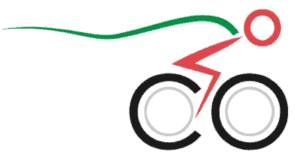Cycling is addictive. Once you get to enjoy it, you’re hooked. If you’ve experienced the liberating feeling cycling gives you for the first time, you may decide to cycle every day. Apart from being a lot of fun, riding your bike every day provides additional benefits, some of which you probably didn’t even think of.
Cycling daily has lots of benefits as long as you don’t overdo it, and your body has sufficient time to recover. Even casual cycling, such as bike commuting, boosts your health and provides many other benefits.
Improves cardiovascular health
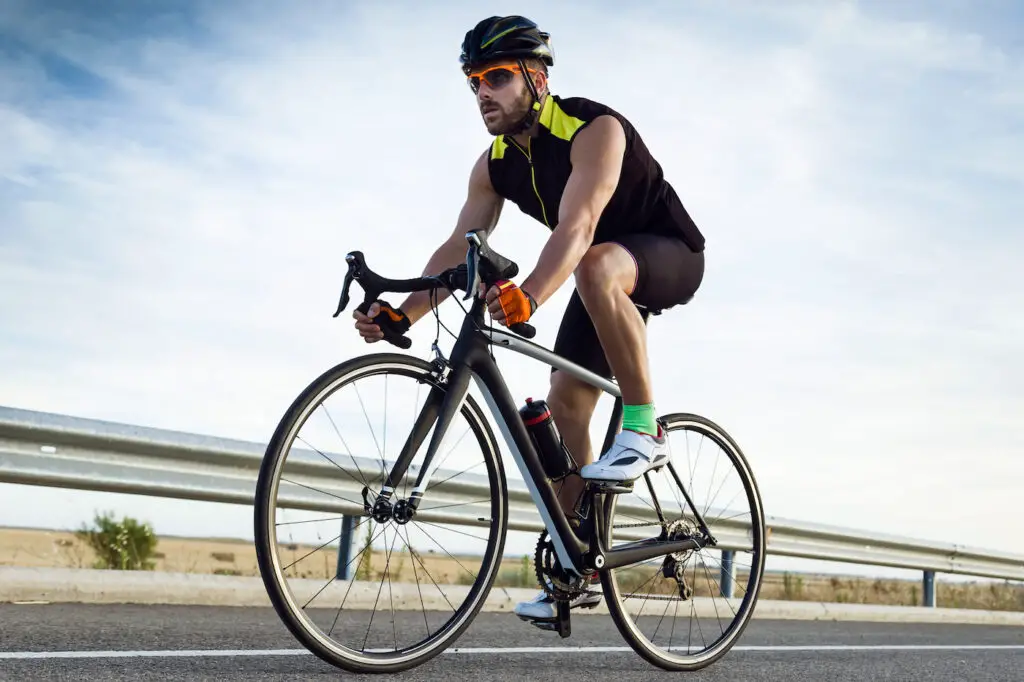
Cycling daily improves overall fitness by enhancing cardiovascular health, muscle strength, and body composition. It increases aerobic capacity, reduces body fat, and strengthens leg muscles. The low-impact nature of cycling minimizes the risk of injury, making it accessible to various fitness levels. Additionally, it boosts mental well-being, reduces stress, and increases energy levels. In summary, daily cycling is a versatile and enjoyable activity that significantly improves fitness and contributes to a healthier lifestyle.
A study conducted in the Scandinavian Journal of Medicine and Sports reviewed 16 cycling-specific studies, finding a strong link between cycling and improved cardiorespiratory fitness in youths, reduced mortality, and cancer risk in middle-aged to elderly individuals, and better cardiovascular fitness in working-age adults. The evidence suggests cycling is vital for overall health.
Electric bikes built for everything and priced for everyone. Shop Rad Power Bikes, America's #1 electric bike brand. Get out. Go further. Ride Rad.
Strengthens your immune system
Coupled with a healthy diet, cycling can rally boost your immune system.
There is a compelling link between physical activity and the function of the body’s defense system, according to a study conducted by the Journal of Sport and Health Science.
Cycling enhances the body’s ability to combat infections. It has been shown to reduce inflammation and increase the production of immune-boosting white blood cells, and it can reduce the risk of respiratory tract infections. Additionally, cycling encourages a healthier lifestyle, contributing to overall immune system resilience by reducing the risk of chronic diseases associated with a sedentary lifestyle.
Improves lung functions
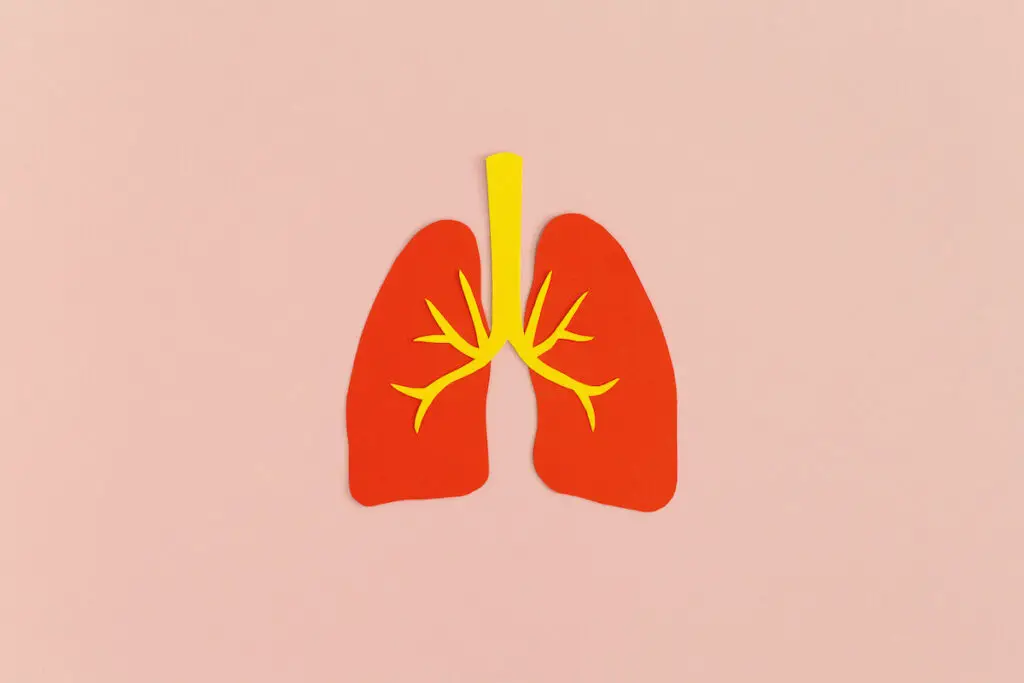
Cycling forces you to use your lungs at an increased rate. You start breathing deeper, and more rapidly, which improves your pulmonary functions of up to 15% (source).
It also improves your VO2 function, which describes how efficient you are at breathing. The more hills and challenges you encounter on your daily ride, the more you will experience these benefits, but even riding at a comfortable pace on a flat commute improves your lung functions.

Tones your muscles
You are the propelling force of your own bicycle. Cycling as an activity engages your quads, calves, glutes, and even your abs and arms to a lesser degree.
Riding your bike every day, even at a moderate intensity level, helps you tone your muscles.
Accelerates weight loss
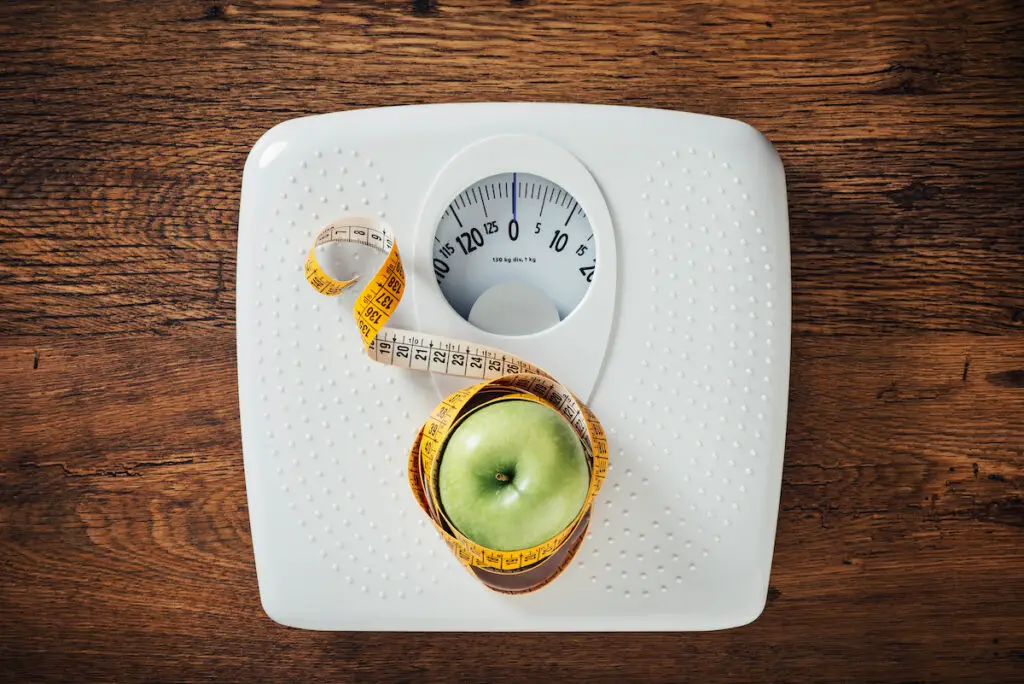
Although cycling isn’t a magic bullet that will make you lose weight despite your poor nutritional habits, it is a great supplementary exercise to accelerate your weight loss.
According to WebMD’s exercise calculator, an hour of moderate cycling can help an average-sized adult burn approximately 500 calories. Repeat this 7 times a week, and you will have burned the amount of energy contained in 1 lb of fat.

Stimulates and refreshes your brain
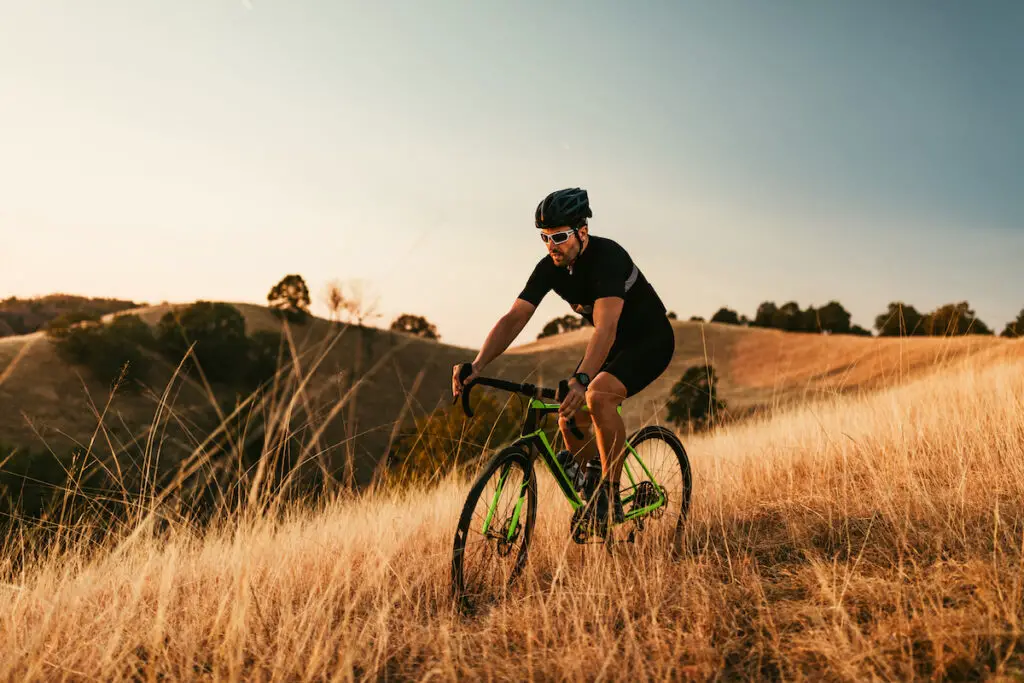
Being out on a bicycle engages and refreshes your brain in many ways. The activity stimulates the brain as you need to observe the road, calculate your speed, keep in mind the route, and at the same time it also refreshes it by allowing you to be fully present in the moment.
Your brain naturally leaves the worries of your job and home life behind and focuses on the activity at hand.
Reduces pollution
When you use your bike instead of your car, there is one less car on the road. This reduces pollution, which adds up over time. It may not be significant or measurable, but you know that you have done your part to keep one car for one journey off the road.
Sets an example to others
There is something to say about seeing others ride a bike on the road, especially in rush-hour traffic. The more people others see on the bike, the more likely they will consider cycling as a viable form of transport.
Makes you faster in the city

Rush-hour traffic causes many people to spend countless hours enclosed in a car. The average amount of time spent in a car commuting to and from work is 25-30 minutes. In some cases, when you need to cross busy parts of the city, this time can increase to well over an hour.
Riding the bike is always predictable, and in peak hours, it is much faster than sitting in a car at a standstill. Not to mention that you never have to hunt for a paring space again.
Helps you deal with with stress
When you exercise, your body releases endorphin, which is the hormone that enables you to deal with stress and depression, as explained by the Cleveland Clinic.
As the Mayo Clinic points out, exercise doesn’t only release endorphins, but it also directly reduces the effects of stress by activating the fight and flight response in your body. Since it orients your focus on a specific activity, it functions as meditation in motion.
Brings the family together
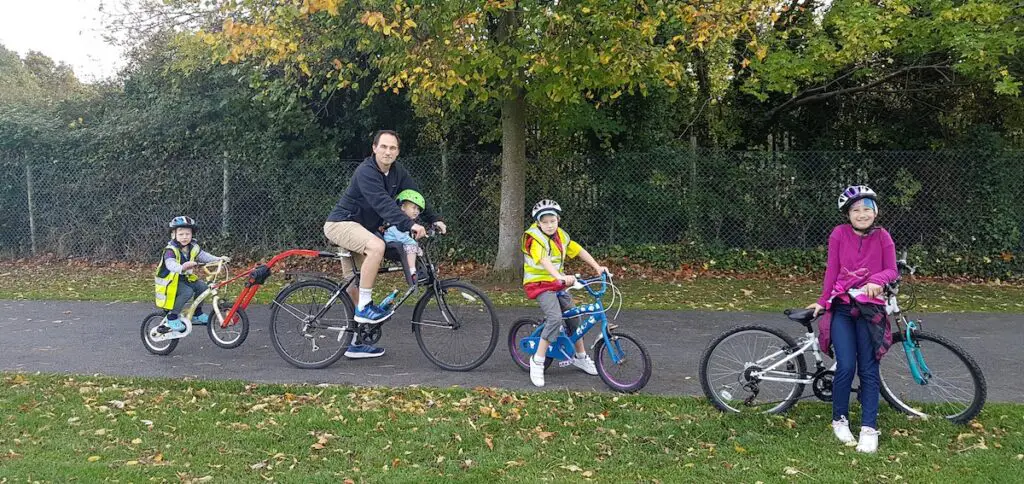
Hopping on the bike together with your children is a great way to do an activity together as a family. You spend time together, and you can also teach your children about putting in the effort and becoming resilient.
Riding with them to school and then riding on to work creates a special bond between parents and children, and – unlike sitting in the car – it is a family activity they will remember when they grow up.
Switches off your brain
One of the best things about riding the bike is the fact that you aren’t distracted by social media, your phone, or your computer. It is a very simple activity that requires you to be present in the moment.
If you are confident on your bike and riding doesn’t take up all your brainpower, you may start wondering and coming up with solutions to some challenges you are facing. Some of the best ideas I’ve had were inspired during my bike rides.
Good conversation starter
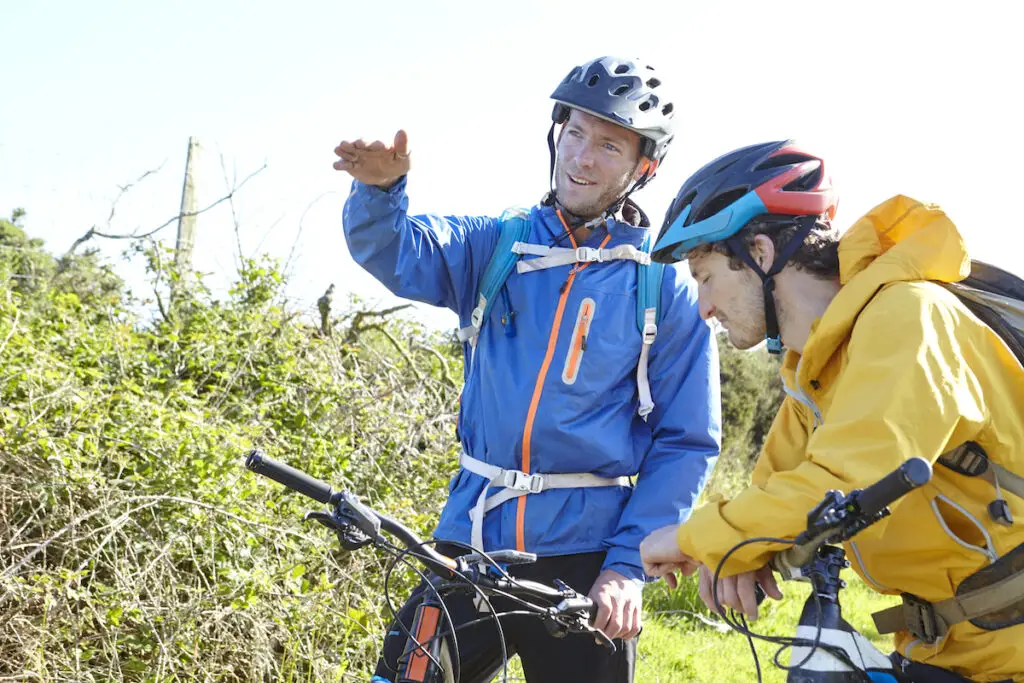
Someone who rides regularly is an exciting person. Seeing your colleague arrive to work by bike is a good conversation starter in the canteen. If you have colleagues who also bike commute, you will never run out of stories and tips to share with each other.
Connects you to your environment
When you’re on your bike, you are naturally much more present in your surroundings than when sitting in a car. You notice not only potholes, but also small streets, buildings, trees, and changes in the temperature. You become much more observant and aware of what is going on around you.
Improves quality of sleep
The Mayo Clinic also underlines that regular exercise, such as bicycling, greatly improves the quality of your sleep. Riding for 30-60 minutes every day requires energy, and makes you feel sufficiently tired at the end of the day.
A study in Sage Journals concluded that “exercise frequency, sleep quality, and QOL (quality of life) were significantly intercorrelated”.
Important points to consider
Intensity and duration
One of the most important factors in deciding whether you need to take some days off between cycling days is the intensity and duration of your rides.
Both intensity and duration are particular to each person. What’s intense for me, is not even a proper warm-up for an elite cyclist, and what’s a short ride for me may be a long ride for you.
For most people of average fitness, riding 10 miles (16 km) at a comfortable 13-15 mph (21-24 km/h) pace every day is feasible. It’s neither too intense in terms of speed nor too long in terms of duration so they need recovery days.
My personal experience of commuting 10 miles each way (20 miles daily) is that a recovery day or two are very welcome by the end of the week. If I ride to the office only 3-4 days a week, I’m happy to go out for fun weekend rides too. I’m a person of slightly above average fitness, but definitely far from being a pro cyclist.
Professional cyclists train anywhere between 300 – 500 miles per week, sometimes even more depending on the season. There are days they spend 8 hours in the saddle, training. Their bodies are used to high intensity and long distances, and they usually take 1 – 2 days or recovery per week.
When you ride or do any physical activity, you damage your muscle tissues. They need time to heal and recover. After riding your bike you feel that your muscles are fatigued. This works the same with cycling as it does with any other type of training. When muscle tissues heal after sustaining damage from training called hypertrophy (source), the body builds them up bigger and stronger than they were before.
Recovery
Rest days
If you train intensely or if you have a long and intense commute, introducing rest days is essential for recovery, but it’s not the only way to help your body rebuild muscle tissue. Proper nutrition, proper hydration, and sufficient sleep are three other important ways.
Nutrition promotes recovery
Proper nourishment includes important vitamins as well as macronutrients.
Vitamin C is found in citrus fruits, peppers, and broccoli, just to name a few, and helps flush lactic acid from muscles. It also helps repair skin tissue, tendons, and blood vessels.
Vitamin D is found in fatty fish, liver oils, milk products, and even in sunlight. It helps muscle recovery because it promotes the absorption of calcium to build bones and muscles.
Vitamin E is found in olives, avocados, sunflower seeds, and almonds, and it helps the body to rid itself of creatine phosphokinase (aka CPK), a protein that is produced during strenuous exercise.
Vitamin B is not just one vitamin, but rather a group of 8 vitamins, and they are found in legumes, kale, salmon, pomegranates, dairy, whole grains, and they have a singular importance in boosting muscle repair, cell development and protein and carb breakdown in the body.
Vitamin A is found in organ meats, salmon, dairy, pumpkin, carrots, and apricots, and it helps recovery by boosting your immune system and promoting the proper functioning of major organs.
Eating the right amount of protein found in lean meats, poultry, fish and dairy products is important for repairing and re-building your muscles. Proteins actively help build muscle, which is why bodybuilders and gym goers often take it in the form of a protein shake.
Having sufficient carbohydrate intake readily available in potatoes, pasta, sugar, and many other sources is also important. During your ride, your body uses energy stored in your blood in the form of glycogen. Carbs help re-stock the depleted glycogen levels and they speed up recovery. Experienced riders fuel their ride with energy bars and drinks, which are sources of carbs.
Hydration
Drinking water helps flush toxins from the body and it prevents dehydration that can lead to sore muscles and a whole host of problems. If you lose as much as 2% of your body weight in water you will experience a severe drop in performance, which will get progressively worse if you fail to re-hydrate. At 10% collapse and death become real possibilities.
If you get cramps on your bike during your ride or after riding, they are good indicators of poor hydration.
When you ride your bike you can lose as much as 500 – 1000 ml of water per hour by perspiration. It may feel impressive to lose so much weight, but in reality, this is not body weight lost (fat burned), but rather water weight. If you want to ride your bike for weight loss, you need to play the long-term game, and proper hydration is essential to prevent injury and sickness.
During shorter rides (under 60 minutes), you can hydrate with plain water, but if you go for long rides, you should add electrolytes, which are salts that include sodium, potassium, calcium and magnesium.
Pour one of these in your water bottle and increase your performance on long rides. They contain essential minerals you should re-stock your body with.
Sleep
You can do all the things right: eat right, hydrate properly, and take days off when needed, but if you don’t get enough sleep all your efforts are in vain. This is the simplest and most underestimated source of muscle recovery.
Sleep deprivation leads to loss of muscle mass, hinders muscle recovery, and increases the possibility of muscle injury, not to mention that it can also lead to loss of concentration and thus increase the chances of an accident (source).
Adults need 7 – 8 hours of sleep each night. While this is the simplest trick up your sleeve when it comes to recovery, it’s also the most difficult because it requires discipline. Getting to know yourself and building evening routines to help you go to bed on time are efforts that will go a long way.
When is it beneficial to ride every day?
If you ride short distances mostly on flat surfaces, riding your bike daily is not going to cause harm to your body. I know elderly people in small towns in Hungary who have been riding their bikes their entire lives, and no day goes by without them getting on it. It’s their way of getting around.
There are plenty of people in Amsterdam, Finland, and other parts of the world who don’t own a car and their bike is their only way of transportation.
These commuters don’t even need to think about the science of recovery. They don’t ride their bike to train or for fitness, so they go at comfortable paces and usually less than 10 miles per day.
If you want to ride your bike daily and you fall in this bucket, go ahead! You will have plenty of fun and it will do you a lot of good.
When is it harmful to ride every day?
Riding your bike every day at maximum intensity and for extended periods without taking any day of rest will do you more harm than good. You can make it worse by not watching your nutrition, and hydration and not getting enough sleep.
If you want to get into competitive cycling, you should approach a cycling coach who will advise you on how to train best in order to improve your speed and endurance. He will give you advice on nutrition and recovery. Each step will be part of a big plan.
How much is too much?
If you don’t want to become a pro cyclist, but enjoy riding, the most important thing is to listen to your body. If you feel muscle soreness and loss of performance, it may be an indicator that you need to think about taking a rest day.
How do you know what’s too intense or too much? If you ride at 20+ mph (32+ km/h) for extended periods you know that you’re riding at a high intensity. Also, if you ride 20+ miles (32+ km) per day, you likely need to introduce a rest day each week into your training regime.
You can also have days of active recovery, where you go out for short, slow rides. At the end of these rides, you feel more refreshed than you felt before the ride.
Long-distance bike commuting daily
You know yourself better than anyone else, but a 20-mile bike commute both ways can be considered long distance for most people. If you have a long bike commute every day and your body craves a day off, listen to your body to prevent injury. Here are two handy ways to reduce the strain of long-distance daily commutes.
Drive one day a week: If you feel too fatigued by the end of the week, take a day off during the week. Wednesday or Thursday are good opportunities to take the car or public transport.
Multi-modal transport: If your commute is too long but you still want to enjoy the experience of riding to work, you can combine cycling with other modes of transport. You can either take your bike in your car halfway or up to a certain point and ride from there. Another way is investing in a folding bike, which you can take on public transport. Ride the first and last part of your commute, and take the bus or train in the middle.
Whether you want to bike commute daily, train for a cycling event, or just ride your bike every day, you need to make sure that your body has the necessary time and resources to recover. This may mean introducing days off and if you’re a serious biker, it also means paying attention to the alternative ways that promote recovery.
My favorite bike commuting products
Here are some of the products I love using for bike commuting. They make riding so much more fun and enjoyable.
Ergon GP5 Bar End Grips: These are super comfortable, ergonomic grips that offer me two extra hand positions on my flat bar bicycle. They also offer a much more comfortable grip that helps distribute my weight on the handlebar better.
Bar end mirrors: If you ride much among cars then a bar end mirror can make riding much safer. You don’t have to turn around every single time to check on the traffic coming from behind.
Bike lights from Cateye. This is essential year-round. I recommend going for a more powerful light than just a to-be-seen light. I like the 800-lumen ones from Cateye because they are affordable, portable, and still, give out plenty of light so I can see where I’m going even in pitch dark. The battery lasts for a long time too, and it’s USB rechargeable.
Bike rack. This bike rack from Dirza is great because I can put it on almost any bicycle regardless of whether they have mounting points for racks or not. I can leave it on my bike for commuting or take it off for weekend rides or whenever I don’t need a rack.
If you want to check out my full list of recommended products, you visit my recommended gear page.
Happy pedaling!
